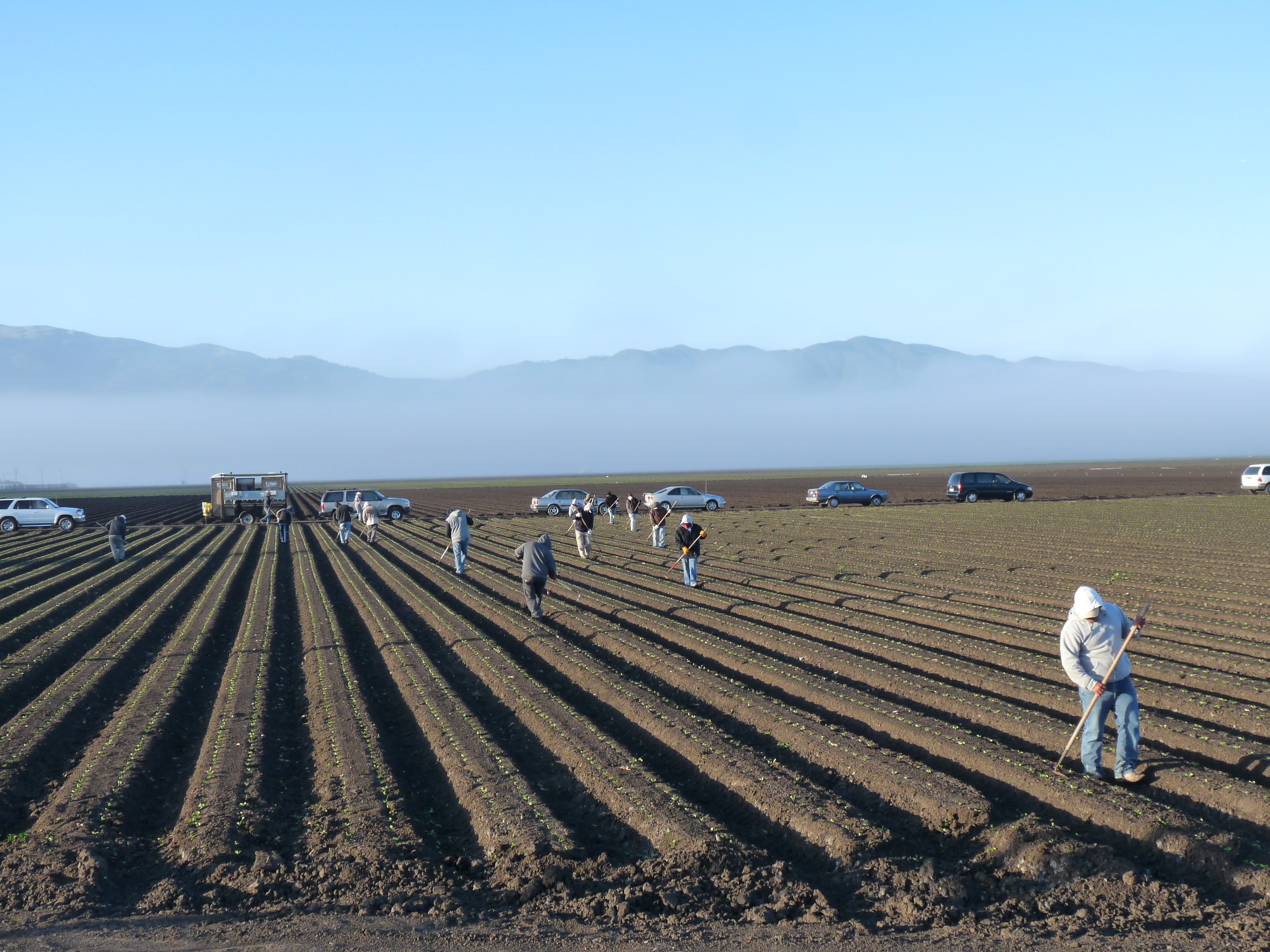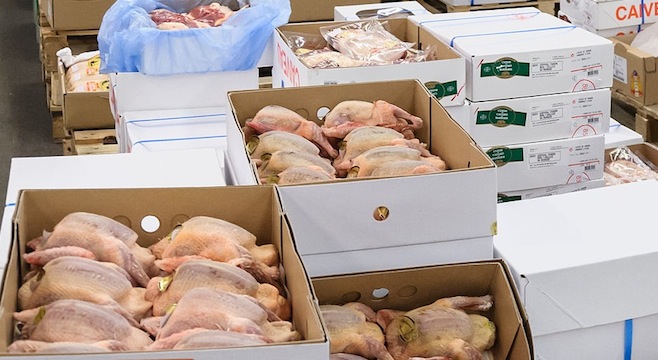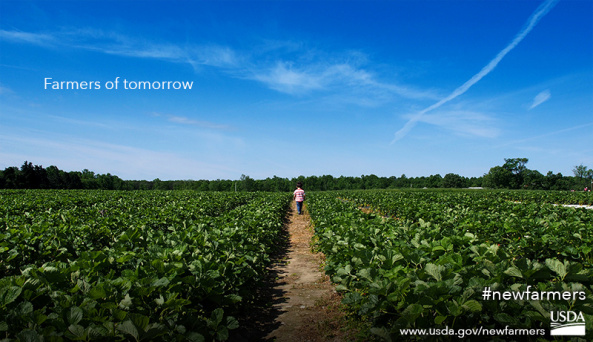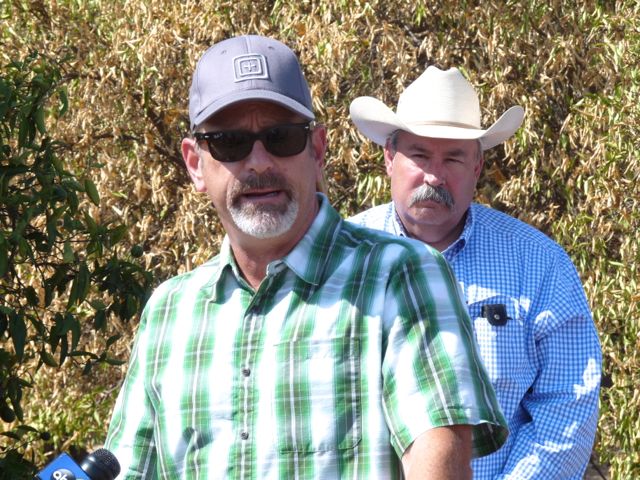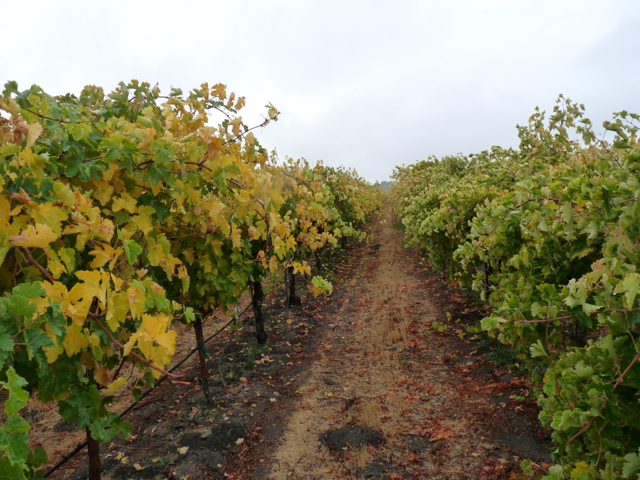Winegrapes: New acreage helps offset drought impacts
Source: Steve Adler; Ag Alert
Although per-acre yields may be down in some regions due to drought and other concerns, California farmers expect to produce another large winegrape crop this year, as a result of increased acreage. Winegrape harvest has started throughout California, primarily for early varieties of white grapes that are destined to become sparkling wines.
Government estimates issued last week placed California winegrape acreage at 570,000 acres in 2013, up from 508,000 the previous year. About 45,000 of the 2013 winegrape acres were classified as non-bearing.
With the harvest beginning in most areas from 10 days to two weeks earlier than usual, the biggest concern among growers is that many wineries do not yet appear prepared to receive the grapes.
“Being this early, I don’t believe the wineries were prepared to open on time, so right out of the gate we had some quality issues because of early ripeness and delays on the winery side,” Tulare County winegrape grower JR Shannon said. “We’ve barely been picking for two weeks and it is already showing signs that the winery tanks are still full from last year and they aren’t very eager to get grapes in right away.”
Noting that harvest will continue for several more weeks, Shannon said many wineries haven’t even opened yet.
“The early signs are that it is going to be a long, non-grower-friendly season and the wineries are showing no excitement about anything except pinot grigio. We spent a lot of money planting these new vineyards for them and they are not cooperating in getting the grapes into the wineries,” he said.
That view was supported by Nat DiBuduo, president and CEO of Allied Grape Growers in Fresno, who said there is real concern among growers who don’t have contracts with wineries.
“We are getting reports of some of the larger wineries that have decided to bottle as needed, which means the tanks are full. We know the 2012 crop and the 2013 crop were big, and what that has created is that they aren’t buying any more grapes than what has been contracted for. And there are a lot of grapes that aren’t contracted,” he said.
DiBuduo said the vast majority of grapes are under long-term contracts, but there are some that don’t have contracts and growers in that situation are just waiting for wineries to start buying them.
“I hope the wineries start to realize that this is going to be a lighter crop. They will all honor their contracts, but I am hopeful that they will recognize the smaller crop and buy these other grapes. The speculation is that some of these wineries will come out with lower prices when all of these growers are in panic mode,” he said.
In Lodi, winegrape grower Joe Valente of Kautz Farms said harvest at his vineyards would begin this week, putting it 10 days earlier than usual.
“It is probably one of the earliest or second-to-the-earliest starts that I have seen here in Lodi in the past 35 years. We are starting this week, but it all depends on the sugars. Ideally, once we get started we can keep going, but it is all dictated by the sugars,” he said.
Valente also expressed concern about a potential shortage of tank space for this year’s grapes.
“The last two years were large crops, and how empty the tanks are going into harvest will dictate how much we will be able to pick. It depends on the varietals that are in demand. They will find room in the tanks for certain varieties that are in demand,” he said.
On the South Coast, grape grower Jeff Frey of Santa Maria said he has heard talk of tank shortages, but at this point it doesn’t appear to be an issue in his area. A bigger issue for coastal growers is the ongoing drought, he said.
“The situation concerning drought on the South Coast depends on where you are at. We haven’t had any rain to speak of, but growers who were able to irrigate through the winter are looking pretty good. We have a pretty good crop set and we will start harvesting next week, which is very early for us. I have a few vineyards that are out of the periphery that have wells that are going dry and there isn’t much water, so those yields will be down,” he said.
In the Paso Robles area, grower Neil Roberts of Templeton said he is very pleased with the way winegrapes developed this year.
“The crop looks average in size, which is probably a good thing, and the quality looks tremendous,” Roberts said. “We’ve been OK with water. Some of the shallower wells have had some issues, but overall there weren’t any problems. If everything goes well, we should be done by the end of October.”
DiBuduo said the drought is having an impact in the San Joaquin Valley as well. The quality of the grapes being produced is fine and sugar levels are good, but the berries and the bunches are smaller, he said.
“It appears that the overall crop will be lighter than last year and a lot of it has to do with the drought. Growers have tried to maintain the vines and keep them as fresh as possible, but we are hearing from all over the place about growers’ pumps going out and it has been taking several weeks for the pump repair people to take care of the problem,” he said.
Shannon, too, has been having problems with lack of water. He said he has been forced to pay up to $1,200 an acre-foot for water that in a normal year costs $60.
“It is kind of salt in the wound right now with all the other issues we have been dealing with,” he said. “Hopefully the groundwater will last another three months.”
Shannon said he has three or four wells out of commission waiting for pump repair, calling 2014 “the toughest year in my experience.”
Valente said that so far this season, he hasn’t had any problem with wells.
“Our concern is groundwater legislation and what that might mean to us. We keep hearing that farmers aren’t managing our groundwater, and I truly believe that the state and federal governments aren’t managing our surface water,” he said.



